Day: March 28, 2022
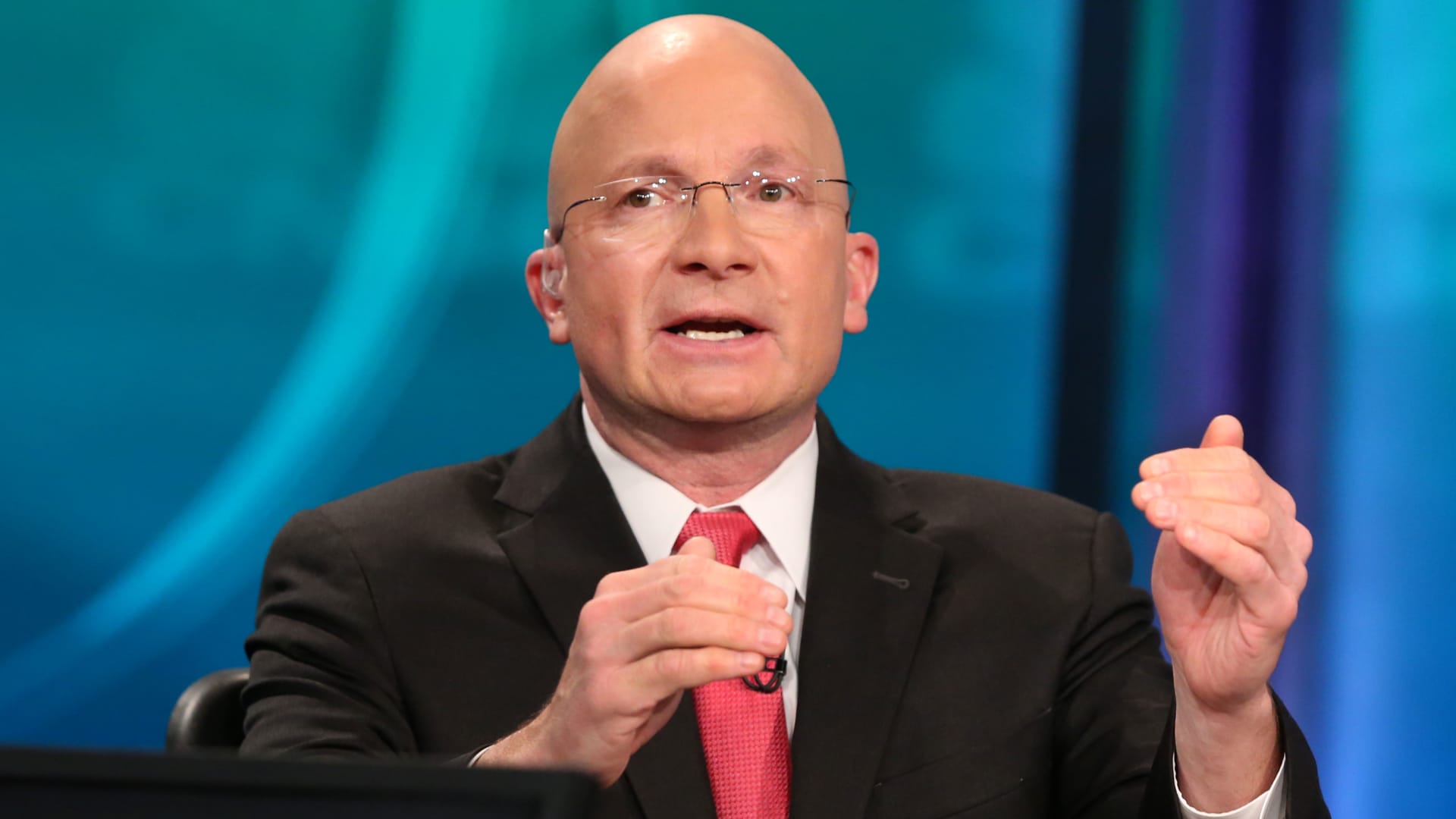
Recession fears tied to Treasury yields are overblown, Canaccord’s Tony Dwyer suggests
Wall Street may be overestimating recession risks. While investors focus on an unnerving inversion between the five-year and 30-year Treasury Note yields, Canaccord Genuity’s Tony Dwyer is concentrating on optimistic activity in another part of the bond market. According to Dwyer, the three-month versus five-year yield shows a healthier picture of the U.S. economy because […]
Read More
Cramer’s lightning round: I like Nucor over ArcelorMittal
Enbridge Inc: “I like Enbridge. Wall Street doesn’t like it.” ArcelorMittal SA: “It’s okay. Nucor’s better. Nucor’s a better company. I’m always going to go with Nucor because it’s best in breed.” Disclosure: Cramer’s Charitable Trust owns shares of Wells Fargo and Nucor. Source
Read More
Will Smith apologizes to Chris Rock for slapping him at the Oscars
Will Smith slaps actor Chris Rock onstage during the 94th Oscars at the Dolby Theatre in Hollywood, California on March 27, 2022. Robyn Beck | Afp | Getty Images Will Smith took to social media on Monday to formally apologize to Chris Rock for slapping him during Sunday’s Academy Award ceremony, calling his behavior “unacceptable […]
Read More
I’m not buying KB Home stock until KB Home does, says Jim Cramer
KB Home is currently a risky stock to buy despite its low price, evidenced by the company’s own disinterest in purchasing its stock, CNBC’s Jim Cramer said Monday. “If KB starts buying back its stock aggressively, I’ll be right there with them. If they don’t, I’m staying on the sidelines,” the “Mad Money” host said. […]
Read More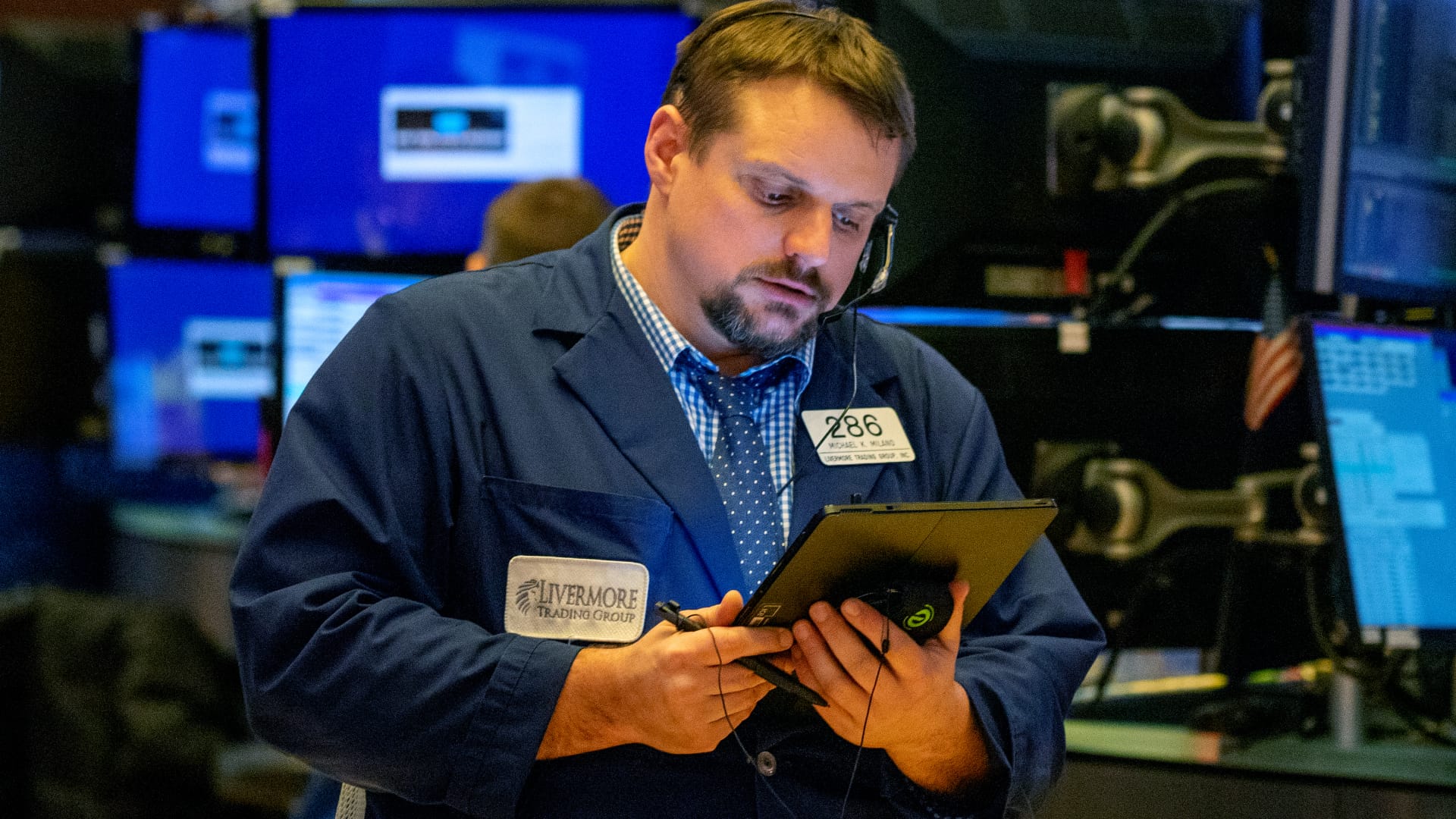
The bond market is flashing a warning sign a recession may be coming. Here’s why
A Trader on the floor of the NYSE David Dee Delgado | Getty Images The bond market is flashing a warning sign for the U.S. economy. That harbinger is called an “inverted yield curve.” These inversions in the bond market have been reliable predictors of past recessions. Part of the yield curve inverted on Monday. […]
Read More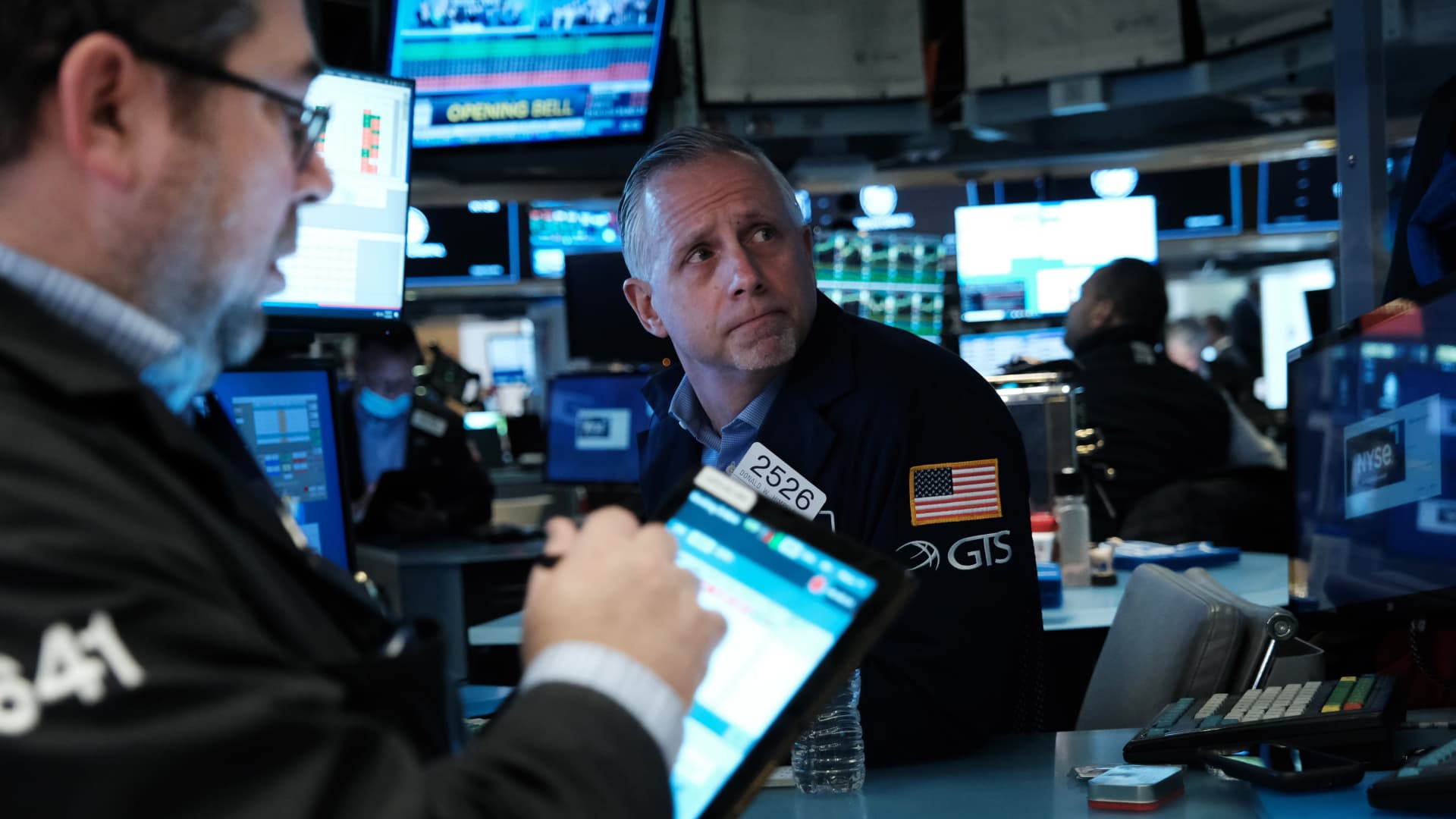
Stock futures are flat ahead of consumer confidence data
Stock futures were flat in overnight trading ahead of Tuesday’s consumer confidence data and a big week for economic data. Futures on the Dow Jones Industrial Average dipped 20 points or 0.06%. S&P 500 futures were flat, while Nasdaq 100 futures inched 0.1% lower. During Monday’s regular trading session, the Dow Jones Industrial Average rose […]
Read More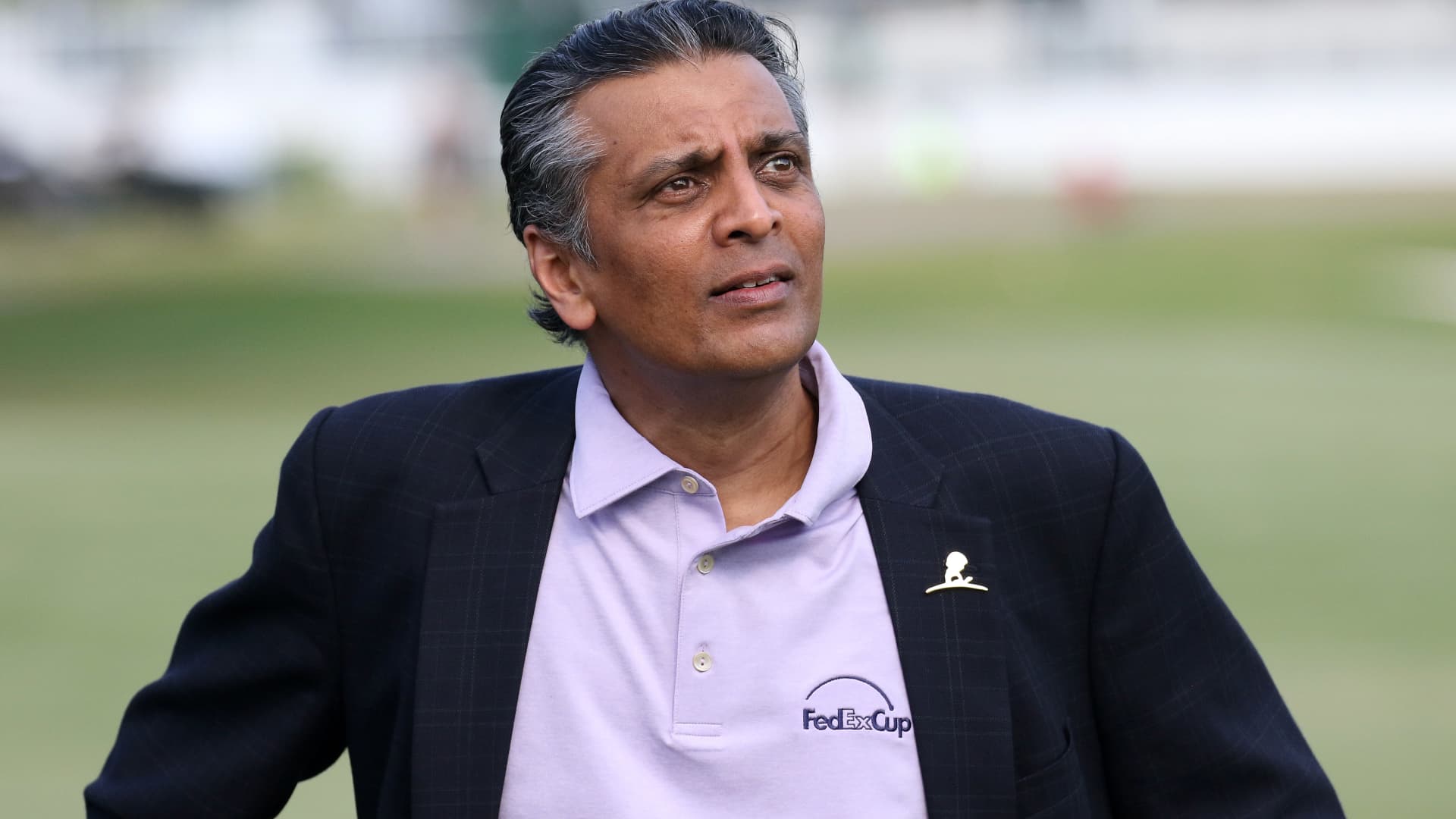
FedEx names Raj Subramaniam as CEO, replacing founder Fred Smith
FedEx Express President and CEO Raj Subramaniam during the final round of the World Golf Championships – FedEx St. Jude Invitational on July 28, 2019 in Memphis, Tennessee. Michael Wade | Icon Sportswire | Getty Images FedEx Corp. said Monday that Fred Smith will step down on June 1 as CEO of the package-delivery company […]
Read More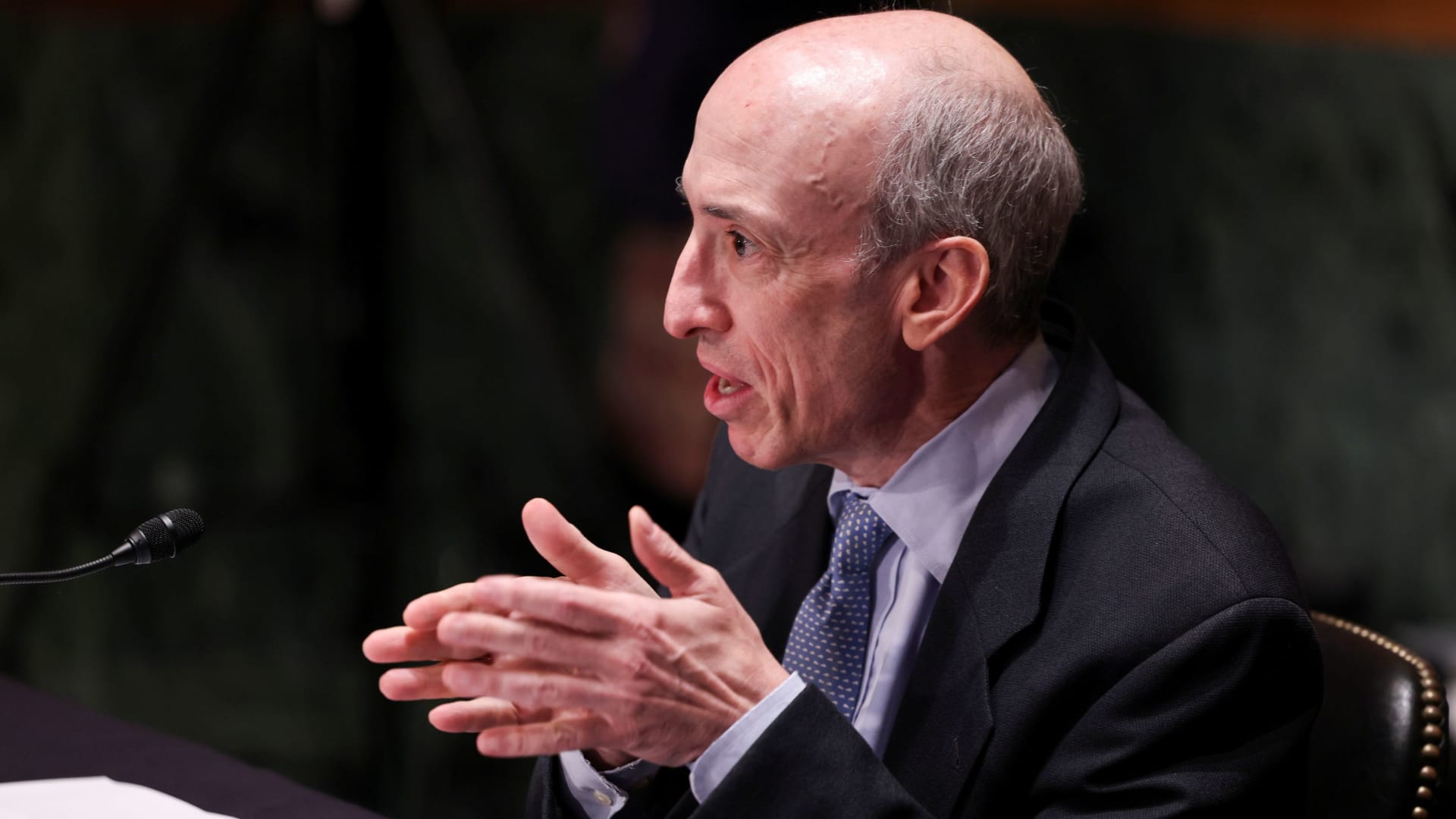
SEC seeks to broaden definition of dealer to ease liquidity worries
U.S. Securities and Exchange Commission (SEC) Chair Gary Gensler testifies before a Senate Banking, Housing, and Urban Affairs Committee oversight hearing on the SEC on Capitol Hill in Washington, U.S., September 14, 2021. Evelyn Hockstein | Reuters The Securities and Exchange Commission on Monday proposed two rules that would force more trading firms to register […]
Read More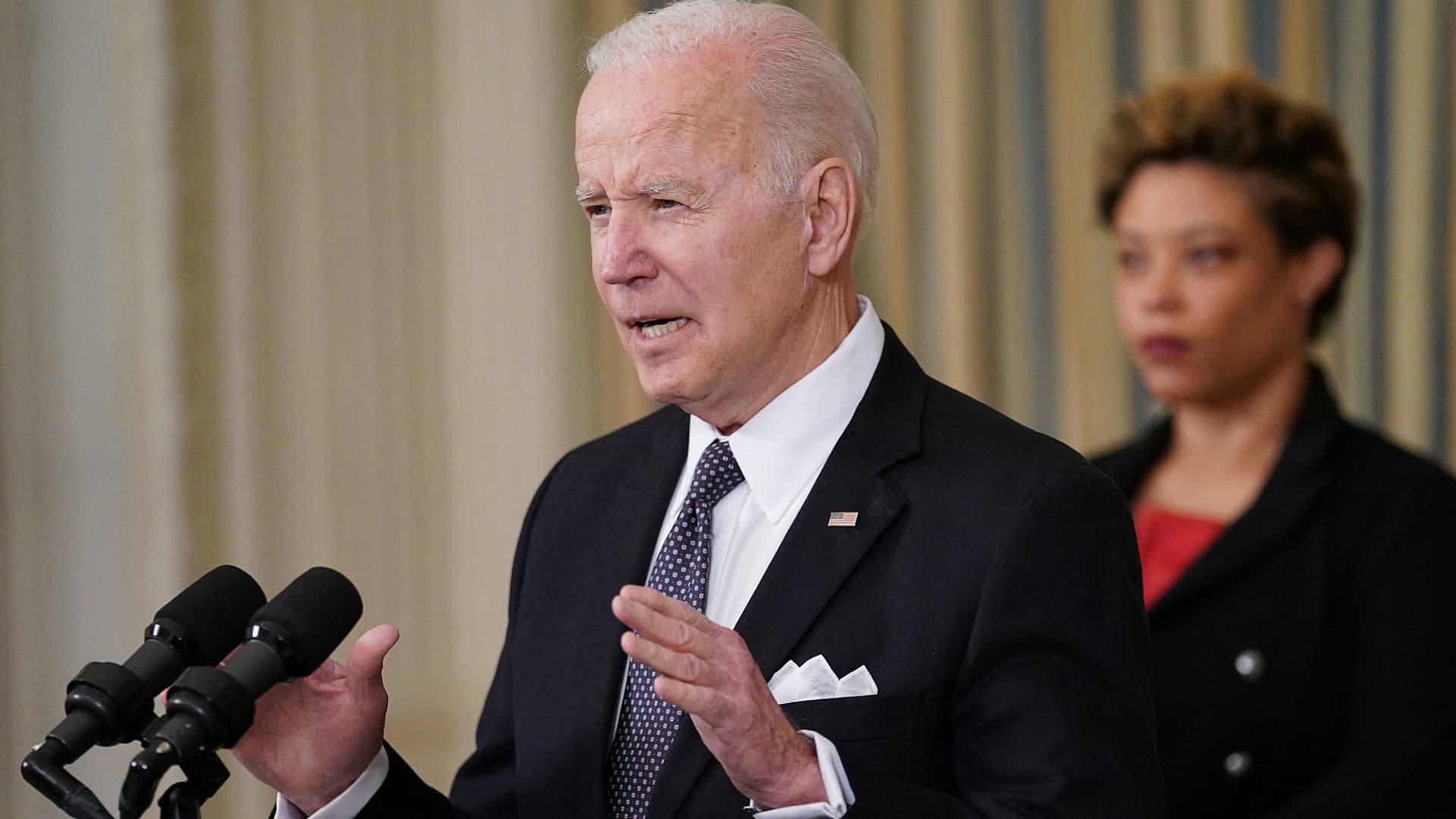
Biden says his ‘moral outrage’ at Putin does not signal a U.S. policy shift
U.S. President Joe Biden announces his budget proposal for fiscal year 2023, as Office of Management and Budget (OMB) Director Shalanda Young listens in the State Dining Room at the White House in Washington, U.S., March 28, 2022. Kevin Lamarque | Reuters President Joe Biden on Monday clarified that his statement that Russian President Vladimir […]
Read More




